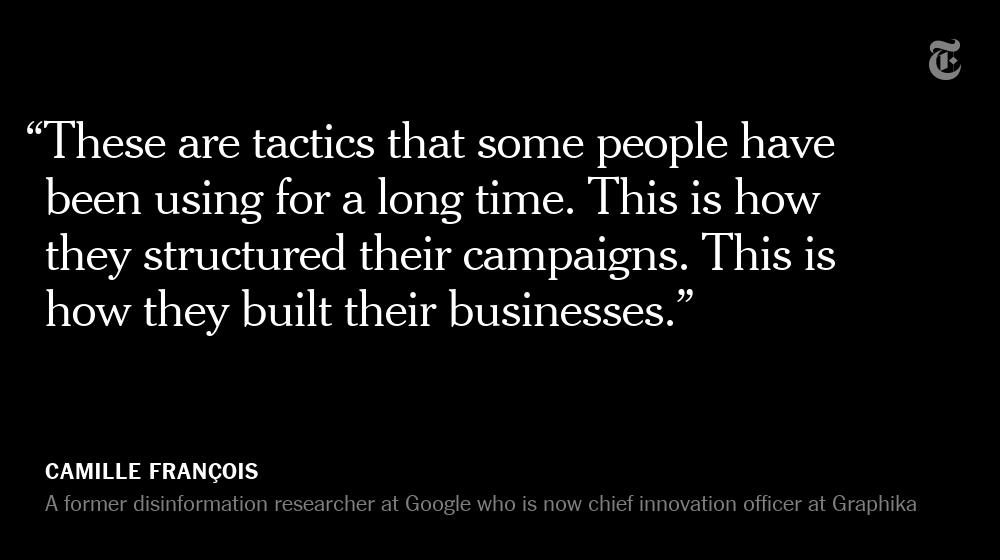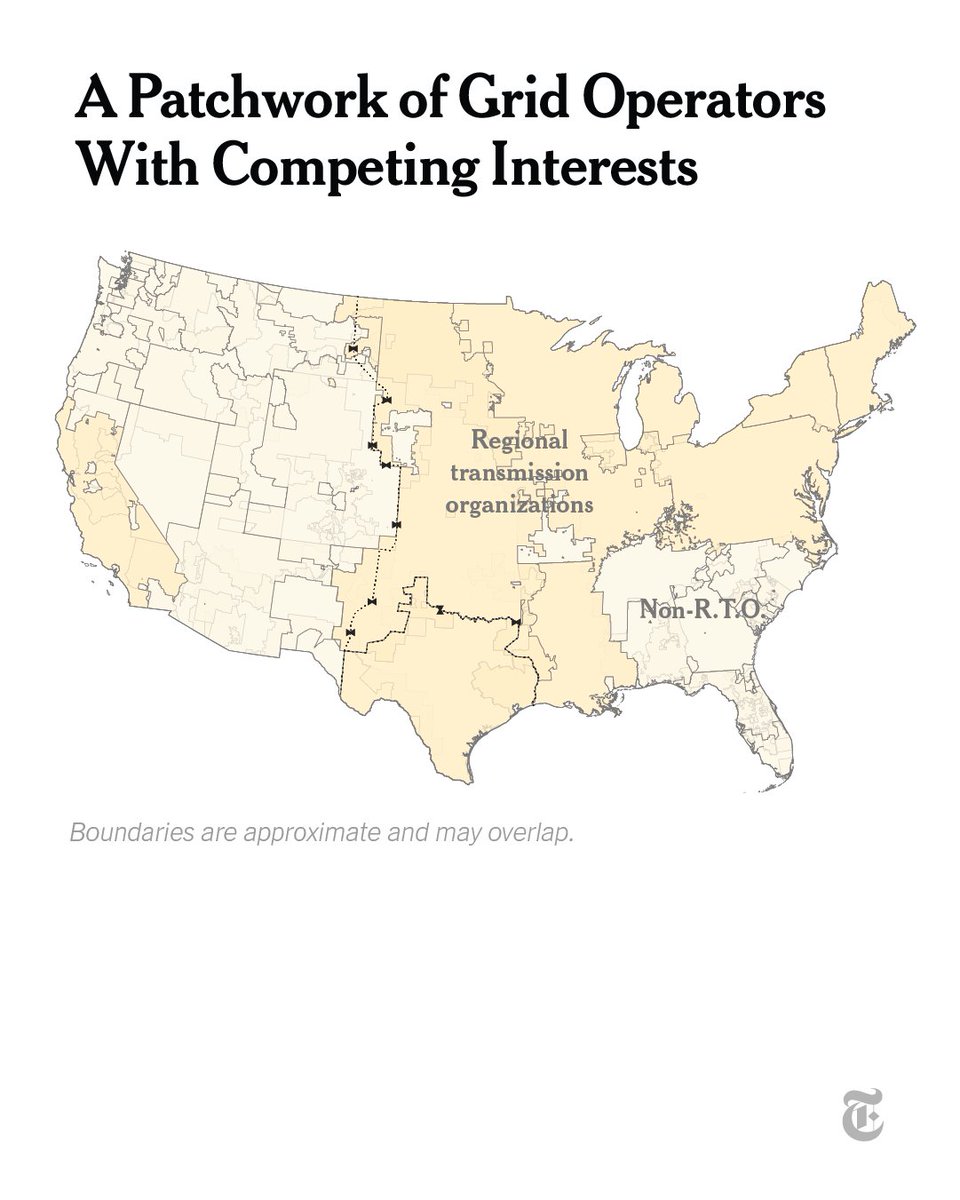Exclusive: The Western Journal is not quite a household name. But in a parallel Facebook universe, it’s among the most popular and influential publications in America. Now, it's at the center of a high-stakes clash between the tech industry and Washington. nyti.ms/2zfwwGo
The Western Journal rose on the forces that have remade — and warped — American politics, as activists, publishers and politicians harnessed social media’s power and reach to serve fine-tuned ideological content to an ever-agitated audience nyti.ms/2zfyzu2
Founded by Floyd Brown, who was behind the race-baiting 1988 “Willie Horton” ad, and run by his son Patrick, The Western Journal used misleading headlines and sensationalized stories to attract partisans, then profit nyti.ms/2zfyzu2 

The emerging social media ecosystem provided Brown — and other hyperpartisan publishers on the left and the right — with a platform unlike any other. He discovered he could use Facebook ads to find alienated, angry conservative users. nyti.ms/2zfyzu2 

“We are real people,” said Patrick Brown. “We are a digital media company. We are not disinformation.” But Silicon Valley wasn’t so sure. nyti.ms/2zfyzu2 

Facebook and Google’s efforts to crack down on clickbait and disinformation have pummeled traffic to The Western Journal and other hyperpartisan news sites. Republican politicians and activists have accused tech companies of censorship. nyti.ms/2zfyzu2
The Western Journal’s parent company has hired a Washington lobbyist to push back against digital censorship. The Browns have also sought to tap into President Trump’s anti-Silicon Valley campaign. nyti.ms/2zfyzu2 

The debate underscores the vast power tech platforms have amassed, and the sometimes unnerving opacity with which they exercise it. Their efforts at reform have disrupted political strategies and business models, particularly on the right. nyti.ms/2zfyzu2 

The Browns have blended political campaigns and partisan journalism, reshaping American politics and earning millions along the way. Trump’s movement was their most lucrative opportunity yet. Now it may save them — or ruin them. Read our full story: nyti.ms/2zfyzu2
We hope you have time to read our full investigation on The Western Journal by @nickconfessore and @bankonjustin. Here are the highlights and key findings nyti.ms/31VPvlA
• • •
Missing some Tweet in this thread? You can try to
force a refresh















